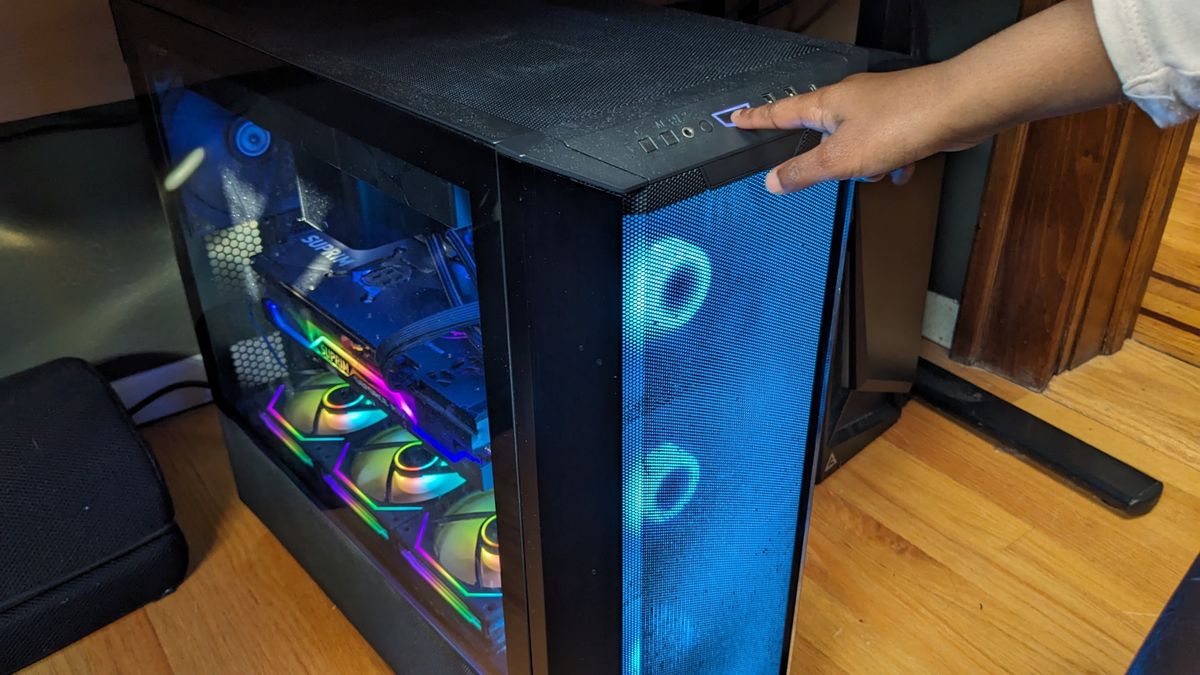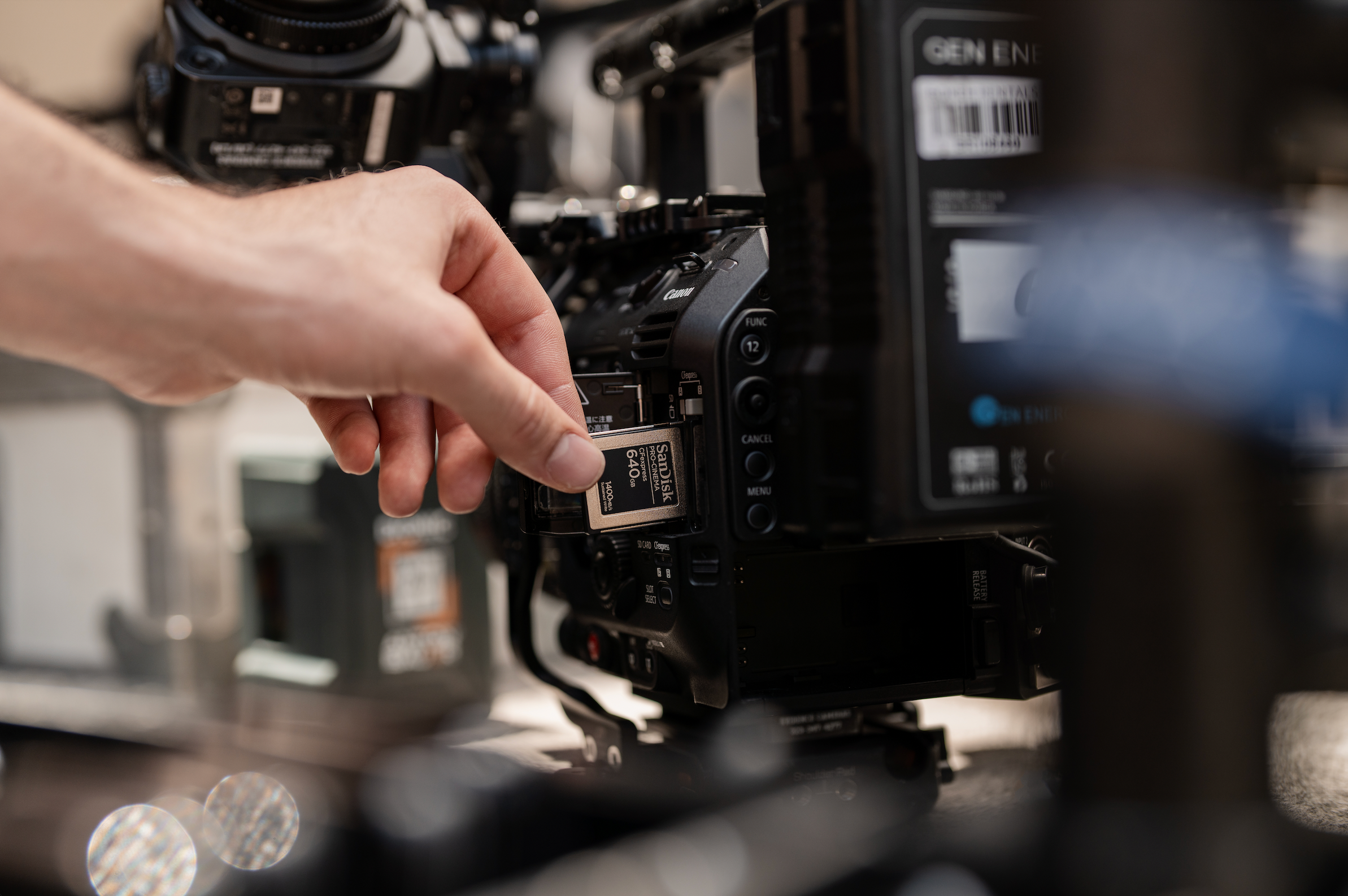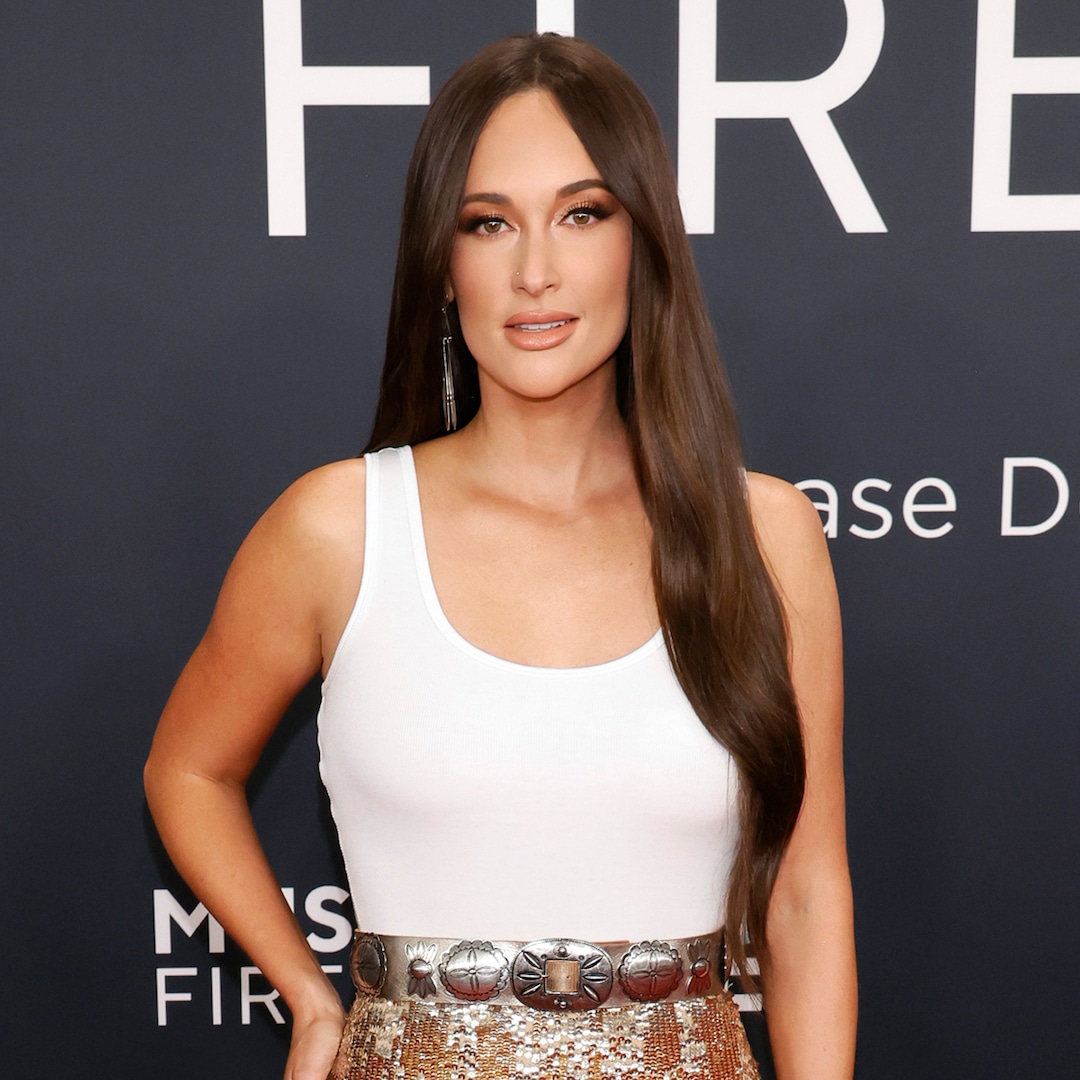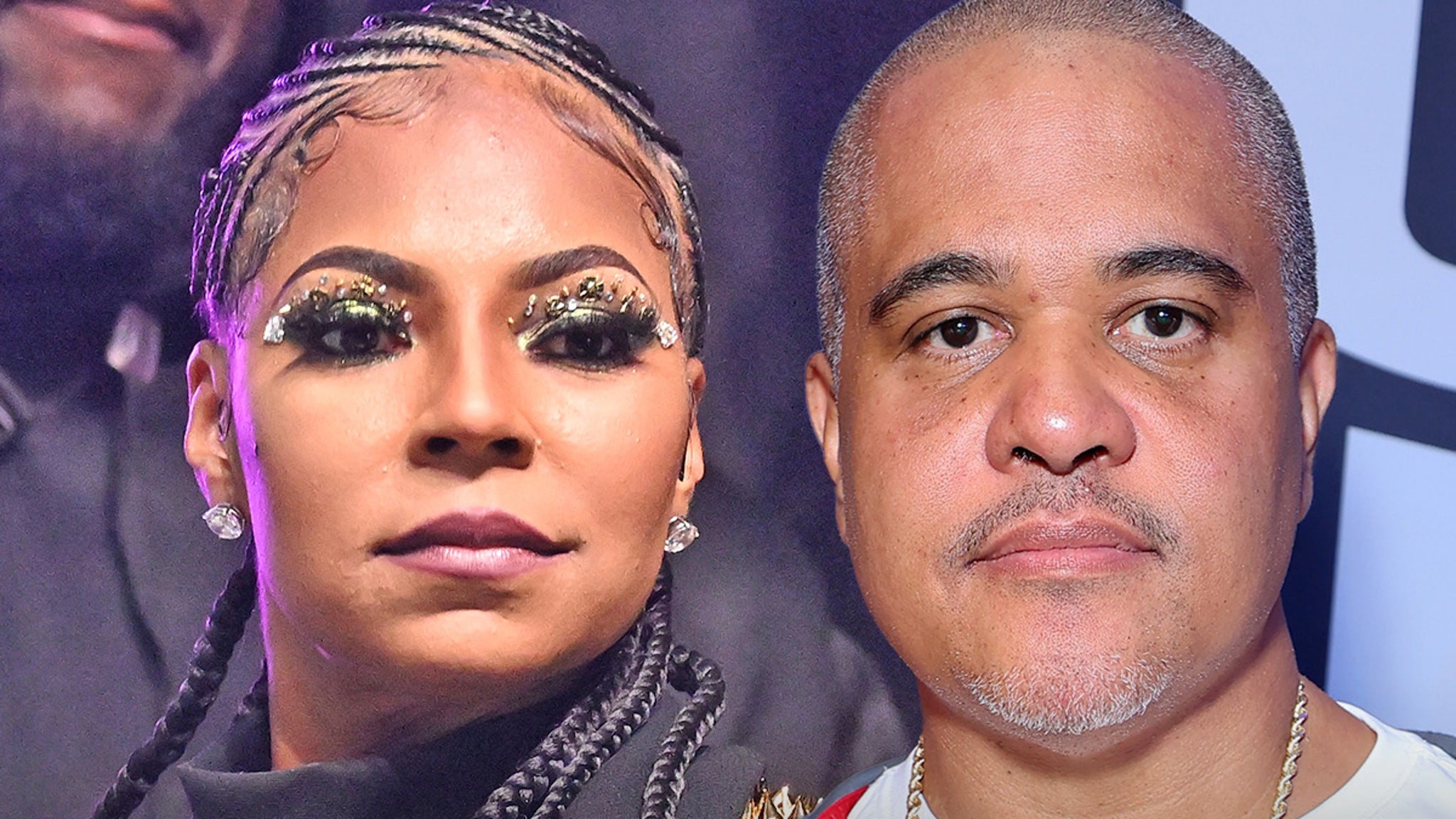Confessions From Men Who Love Women-Dominated Fitness Classes
:quality(85):upscale()/2025/03/31/025/n/1922729/bd555c9b67eb2731207159.20837355_.jpg)
Published on April 1, 2025 at 10:00 AM
:upscale()/2025/03/31/024/n/1922729/tmp_nBtURy_bcd4bca334ab6248_Main_PS25_03_H_F_ManWorkoutClass_1456x1000.jpg)
Amir Lancaster is cognizant of the fact that he's usually the only man in his Pilates class. He also recognizes that he's not exactly the most talented one in the class — as an athlete, that's his favorite part.
"I walked into [my first] class and was just immediately humbled by all the exercises," Lancaster says. "And I was like, 'Oh shit, I think I just found my next venture.'"
He isn't the only man who has recently become a fan of group fitness classes predominantly attended by women.
Adam Dane, 38, has been participating in group fitness classes for nearly two decades. While some, such as Barry's Bootcamp, F45 Training, and HIIT classes, have always seen a healthy mix of men and women, he's now seeing more men join his Pilates, barre, yoga, and other trendy "sculpt-style" classes. "Previously, you would see gays and women working out together," Dane says. "Now, I think more and more heterosexual men are trying these classes."
You may have noticed the same: more men joining your own Solidcore or SoulCycle classes. It's sparked a series of heated debates over who should — and shouldn't — be welcome in these spaces.
But why do men want to attend these classes in the first place? Here's what some of them have to say.
Why Do Men Join Women-Dominated Fitness Classes?
Previously a professional rugby player and a practice player for Texas State University's Division I women's volleyball team, Lancaster — now a 28-year-old realtor and recent reality star on Bravo's "Summer House: Martha's Vineyard" — had to figure out what the next stage of his fitness routine would look like.
"I make sure I come off as friendly and approachable and un-alarming as possible."
"I was like, 'Alright, I have destroyed my body for the last six years. Being in the gym doesn't really satisfy me anymore. What's the next journey?'" Lancaster says. "I didn't need to put 500 pounds on my back anymore. I needed to be able to be comfortable, be flexible, and be mobile."
Pilates proved to be a workout that allowed him to do those things, while still pushing him in new and exciting ways. Bench pressing 300 pounds? Easy. Squatting 500? Fine. Holding up his own body weight in mat or reformer Pilates? Surprisingly much more difficult than expected.
Others join these classes with community in mind. While certain types of workouts can be very individual and isolating, Zach Eisenberg, a dance cardio, barre, and sculpt instructor, prides himself on teaching dance-centric classes that thrive on collective energy. He says he's also noticed a rise in men attending his usually mostly-women classes over the past two years.
That's exactly why Dane attends these types of classes: he finds he gets a better workout when he's surrounded by others doing the same thing.
"When you're in a room with other people, you might push yourself a bit harder versus when you're by yourself," Dane says. "I could go to a regular gym and do my own thing, but there's something about the synergy of being in a room with people and the energy that creates that I really enjoy."
How Men Can Make Women in Fitness Classes Feel More Comfortable
There's some important nuance being left out of many of these debates about men joining a Pilates or spin class. It's not that the majority of people think every man is straight-up unwelcome in these spaces. But there have been instances of men taking up more than their allotted space, making loud, distracting noises throughout class, or otherwise doing things that make women in the class feel uncomfortable. And when people are taking these classes as a refuge from straight male-dominated gym spaces in the first place, that can be a problem.
"If I were to put myself in a woman's shoes, if I want to go somewhere and feel comfortable, I don't want to think, like, 'This guy is checking me out,'" Dane says. As a gay man, he says he's always "personally felt comfortable" in women-dominated workout classes.
"For so long, it's been a space where people can go, wear their cute set, meet their friends and feel like it's a very safe, inclusive area," Dane adds. "But then when you add in the layer of heterosexual guys who probably have a male gaze, it adds an extra layer of 'maybe I can't come here and be myself, like I could before.'"
Some of Eisenberg's clients have told him they specifically take his class because they feel intimidated in regular gyms. As an instructor, he makes it clear he's "never opposed to people of any walk of life wanting to work out."
"Regardless of who you are and why you're there, I want people to feel comfortable."
"If you're a guy and you want to work out and do Pilates, go off," Eisenberg says. But his biggest pet peeve is when a woman who loves the class brings along her boyfriend who visibly doesn't want to be there.
"It's like, 'girl, go on a date. Go to dinner. He doesn't want to be here,'" Eisenberg jokes. "I do think there are certain workouts where there's such a great energy when women can come together. I always say I do if for the girls, gays and theys. . . . Straight men have a lot of spaces they can be in. I don't think they always have to be welcome to every single space."
Lancaster is cognizant of all of the above concerns. He makes a habit of ensuring that the women around him know he's a friendly face, introducing himself to his classmates, and cracking jokes about how much he's about to struggle with their workout.
"I make sure I come off as friendly and approachable and unalarming as possible," he says. "For a guy, especially someone who is decently attractive or fit or any of these things, my intentions toward being there could be misconstrued as like, 'Oh, he's just here to pick up chicks.'"
While there are organized group workouts that are centered around meeting potential significant others (see: the myriad people searching for love at run clubs), Lancaster knows that isn't everyone's cup of tea. To that point, he also makes sure he's wearing his engagement ring (he and Nicole Morales, who also appeared on "Summer House," got engaged last summer). And Lancaster has started conversations with the people in his class, straight-up asking if his presence or any actions in class bother them "in any way."
"For some women, that is a place they go to escape," he says. "Regardless of who you are and why you're there, I want people to feel comfortable."
As Lancaster continues on his pilates journey, he encourages other men to join in — as long as they're also being "genuine to the practice" and respectful of the spaces they're joining. He's even partnering with a few Austin-based brands to organize a class especially for men that they're calling "Brolattes and Brolates." He hopes more men can toss aside "shitty gym culture" and be less afraid of trying new things.
"That's a struggle that males have: when we step into a fitness space, we're like, 'OK, we need to be as macho [as possible] and own this space," he says. "Pilates just isn't that. It's a craft, and it's honestly more fun if you allow yourself to be a beginner."
Hannah Yasharoff is a journalist based in Washington DC specializing in entertainment, wellness, and lifestyle topics. Previously, she was an entertainment and wellness reporter at USA Today for more than five years before serving as a health and wellness reporter for The Messenger.
What's Your Reaction?
 Like
0
Like
0
 Dislike
0
Dislike
0
 Love
0
Love
0
 Funny
0
Funny
0
 Angry
0
Angry
0
 Sad
0
Sad
0
 Wow
0
Wow
0






























